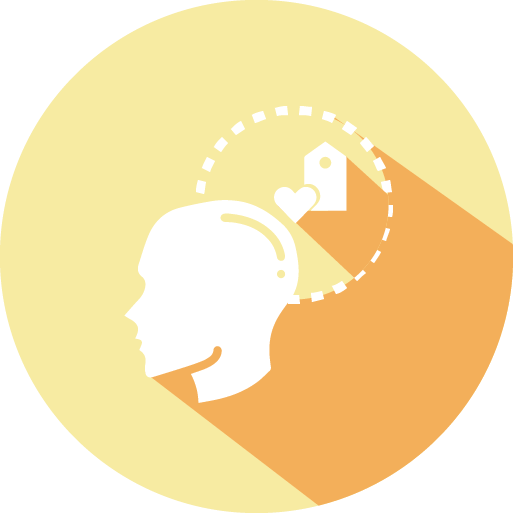
Take a moment and jot down all the brands that feel important to you.
It’s likely your list isn’t too long (unless you work in branding or marketing, which makes you almost a different species compared to the typical consumer). When Connors et al. (2021) asked this question to a large sample of respondents, the average number of brands was a meager 2.15. Fewer then 1% of people mentioned more than 10 brands.
This pushed the question how important brands are in our lives – really?
Strong brand relationships are extremely rare (Thomson, MacInnis & Park, 2005). Consumers do not have – and truth be told: do not want – strong relationships about the brands they use. In fact, for most of the products that end up in shopping baskets, we wouldn’t lose any sleep if these brands would disappear eternally (Havas, 2020). There’s almost always a substitute just around the corner.
‘Love brands’ such as Apple and Coca-Cola do exist, but only arise once in a blue moon – and even these textbook brands show only slightly higher levels of loyalty as what would typical (Sharp, 2012).
Posted in Archive, Advertising
published on Monday, 15 November 2021
Globally, the average person is exposed to around 4,000-10,000 advertisements every day. This number comes primarily from various forms of media and the internet. While this means that advertisers have more ways to connect with consumers, it’s important to remember that an ad’s presence doesn’t mean much if there is no conversion.
To ensure that their advertising strategies are more meaningful, memorable, and effective, many advertisers are harnessing tactics that focus on capturing the consumer. More specifically, their eye gaze.
Posted in Archive, Advertising
published on Monday, 01 November 2021
Day in day out we are exposed to advertising on radio, television, YouTube, and all the other communication channels. So, it is important that you not get annoyed by them, right? Speech plays an important role in this. In fact, most of the brand and advertising strategies are based on the announcer’s voice, as this is one of the most valuable assets in marketing. Announcers can point up the importance of critical information by vocally emphasizing the most important words of a message, which determines the advertisement’s effectiveness (Wiener & Chartrand, 2014). The emphasis strategy influences the cognitive processing of the listeners by increasing the duration of words, projecting them more intensely, or raising the pitch to a high tone (Nadeu & Hualde, 2012; Rodero & Potter, 2021). But can too much voice-over emphasis backfire?
Posted in Archive, Strategy
published on Monday, 04 October 2021
We’ve probably all been there; for months, you’ve been looking forward to watch a new movie that just came out. When you’re about to see the movie, though, your friend who just saw it tells you how it ends. Well, when that happens to me, I tend to get angry because I assume the movie will not be as fun anymore. Sounds logical right? If you already know the outcome, then why still watch the movie?
We might assume that it is because of this reason that the publishers of the movie ‘Avengers: Endgame’ communicated the following warning to fans upon the release of their movie: “When you see Endgame in the coming weeks, please don’t spoil it for others, the same way you wouldn’t want it spoiled to you” (Kooser, 2019).
Posted in Archive, Advertising
published on Monday, 20 September 2021
Media in every form bombards us constantly with messages promoting green, environmentally responsible products that consumer goods companies want us to buy. Many of those products have a sticker price significantly higher than traditional, less eco-friendly brands and products. Exactly how much of a premium are today’s consumers willing to pay in order to live their values as responsible earth inhabitants, and how do producers approach them with an attractive marketing message? In short, how do our products avoid fading into the trees in a sea of green products?
Posted in Archive, Advertising
published on Monday, 06 September 2021





